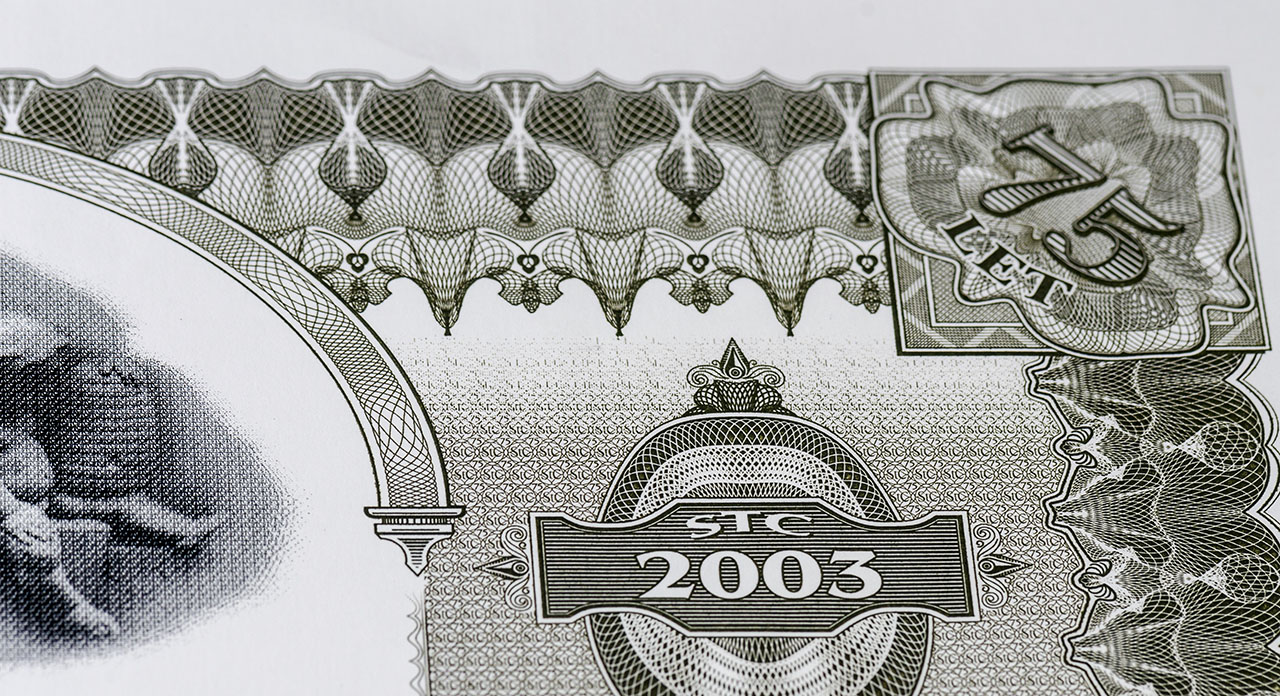

It’s important to mention that printing methods are just one of the factors determining the artworks’ price. Andy Warhol, for example, owns a part of his fame to employing then innovative technique of using light-sensitive gelatines to reproduce photographs on screenprints. The use of new and innovative printing techniques also contributes to the value of the print.

Needless to say hand-coloured prints are even more expensive. Multi-coloured prints are pricier than black and white ones, since every colour demands the creation of a special plate. That means that etchings and woodcuts are usually priced higher than lithographs and screenprints, as they demand more of an effort from an artist. Prints made in more labour-intensive techniques are considered more valuable than prints that are easier to make. Nowadays, it’s difficult to imagine that any artist would authorize and sell a print that’s not up to standards, but there are still later impressions of historical prints on the market with reduced depth and contrast and therefore diminished the value. Limited editions are made to create scarcity for the print, but also to ensure equal quality of all prints. To avoid problems with worn-down plates, artists produced prints in limited editions. Prints by Goya, for example, are notorious for their lack of quality in later impressions, which is why they are priced less than prints that got off the press early. That’s why many collectors prefer earlier impressions of these prints. Woodblocks, for example, break down around the edges and metal copper plates deteriorate, making lines thinner and impression hazy. Lithography, for example, became a popular printing technique because thousands of exact replicas could be made without damaging the image. Carborundum grit is used in carborundum mezzotinting and collagraph print techniques to create gradients of tone and sandy textures.Some printing techniques allow artists to produce thousands of quality prints.

Hand printed on an etching press on archival paper. Granulated bitumen can be mixed into liquid grounds to increase its acid resistance, while ground resin is used for the aquatint technique, available in a range of grain sizes. Intaglio, Etching, Drypoint & Printmaking By the Artist Punctured Artefact Intaglio Art created on a copper & aluminium plates using fine lines, dot-work, aquatint & other techniques. Ball ground is set in a solid ball shape and needs to be melted onto a warm plate to form a pool, which can then be evenly distributed with a roller or a brayer. It is good for stopping out areas mid-way through the acid process, which is particularly useful when working with soft ground or aquatint for targeted effects.Ĭharbonnel Lamour Black is a covering varnish with a hard finish made from bitumen and turpentine. Liquid ground is easy to use and can be brushed on to the plate. Soft ground is only partially acid resistant and can be used to push soft lines or texture effect into the plate.

Hard ground is completely acid resistant and is good for line work, detail and stippling. All are available in a range of different, acid resistance levels. It is available in different formats - as a liquid or a solid ball ground. Ground is the substance used in the etching process that resists the acid.


 0 kommentar(er)
0 kommentar(er)
